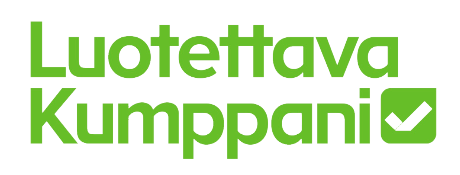Data confirms this widespread uncertainty. In a recent PwC poll, 77 percent of executives say that hiring and retaining talent is their most critical driver of growth, yet they seem unsure of the best solution; 43 percent report offering more hybrid work opportunities, 36 percent have improved their career advancement and upskilling initiatives, and just 31 percent have increased compensation.
It seems that approaching today’s hiring hurdles — the Great Resignation, recession fears, an evolving economy, and digital transformation across industries, just to name a few — with the same old talent acquisition and retention strategies just won’t cut it. To survive and thrive in today’s talent race, successful companies will need to devise new ways of attracting and retaining employees who will not only stick around, but will lead their organizations with ideas, innovation, and dedication.




